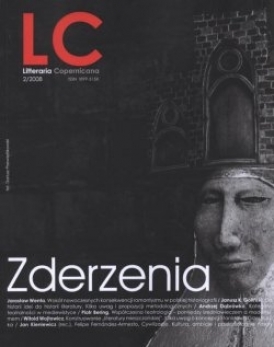Myśl ucieleśniona i myśl imaginacyjna. Wymiary obrazowania w języku i zasady porządkujące
DOI:
https://doi.org/10.12775/15837Abstrakt
The article proposes a methodological perspective and a conceptual apparatus of the cognitive linguistics as a complex of points of reference in the text research, known also as a cognitive stylistics and a cognitive poetics. The first part of the article presents an order of the central dimensions of depicting in a language. In this way a proposal of an answer for the question in which way we attain a stylistic effect by selection of some exponents of the language and some grammatical constructions is formulated. However the second part of the article presents a vision of some chosen theoretical works which are engaged in some artistic phenomena, in particular in the baroque literature. This presentation is expressed in the categories of the organising rules accepted by the authors of these papers – with noticing the cognitive aspects. The central thesis of the article includes in the statement that a thought is both embodied (that is anchored to the phenomenological potential of the human senses and the motor programs) and imaginary (that is detached from the sensual perceptions thanks to the mental processes at the upper level than the direct perception that is at the level of the autonomous processes). It is assumed that the processes of a categorization as well as a metaphor and a conceptual metonymy and above all an integration of these mechanisms lie at the bottom of the imaginary processes.
Pobrania
Jak cytować
Numer
Dział
Statystyki
Liczba wyświetleń i pobrań: 1693
Liczba cytowań: 0



